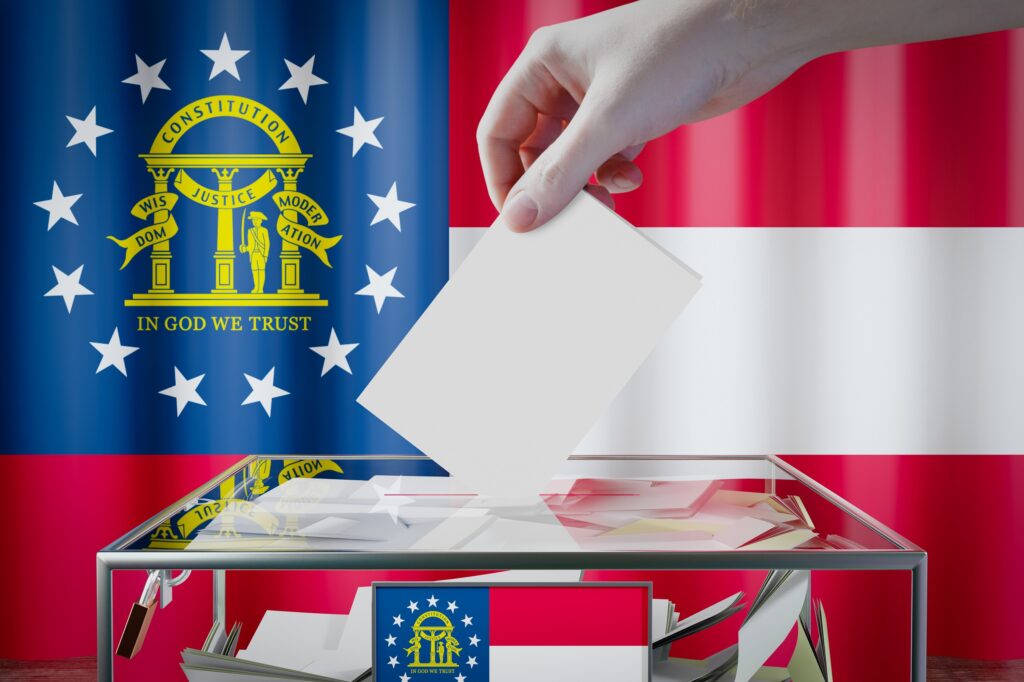The High Price of “Cheap” Gas: What’s the True Cost of E15?
Author
Media Contact
For general and media inquiries and to book our experts, please contact pr@rstreet.org
Summary
Authorizing year-round sales of E15 is a short-sighted political stunt that comes at a high price for taxpayers, consumers and the environment. For just a few more months of slightly cheaper fuel, Americans could be paying out for years to come.
What’s happening with E15?
In an effort to ease high gas prices, on April 12, President Joe Biden issued an emergency waiver to permit summer sales of E15—a transportation fuel that contains 15 percent ethanol—which is primarily derived from corn and soy. E15 sales are typically restricted during warmer weather due to smog and other harmful air quality risks. Though consumers may save a few pennies at the pump in the short term, the long-term costs of this policy could be significant.
What can Congress do?
- Reform or repeal the Renewable Fuel Standard (RFS). The RFS, which requires increasing volumes of ethanol to be blended into gasoline, is irreparably broken. The Environmental Protection Agency (EPA) is still working to finalize volumes for the previous two years because the underlying statute is so far out of step with consumer demand and current technology. It is unfair to ethanol, gasoline producers, consumers and other stakeholders for Congress to keep hoping the EPA can patch this failed policy over and over.
- Rein in the U.S. Department of Agriculture (USDA). In the past, Congress has repeatedly opposed the USDA’s efforts to expand the use of ethanol on a bipartisan basis. Congress needs to stop these obvious end-runs around congressional authority and work as a true check on executive overreach.










